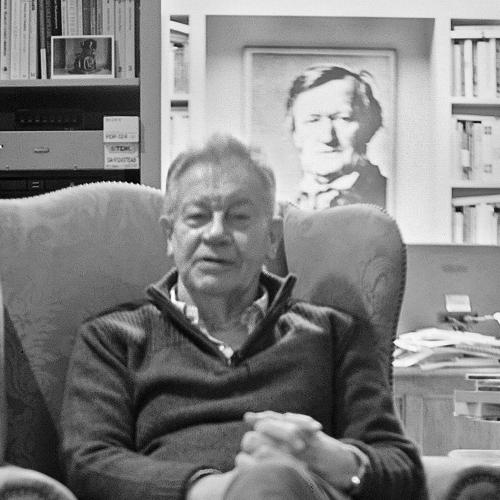COMPOSERS: Franz Schubert
LABELS: Harmonia Mundi
ALBUM TITLE: Schubert String Quartets
WORKS: String Quartets Nos 10 & 15, D87 & D887
PERFORMER: Cuarteto Casals
CATALOGUE NO: HMC902121
We don’t often hear, or hear of, Spanish string quartets. This 15-year-old group, aptly named after Spain’s greatest string player, is very fine and its members have a distinctive approach to the music they play. The recording is very forward indeed, which may lead me to attribute qualities to the players which should be assigned to the engineering. Their tone is sharp, almost metallic, and, combined with the passion with which they hurl themselves and their listeners into Schubert’s great last Quartet in G major, D 887, that makes, some of the time, for an uncomfortable experience. But you can argue that this Quartet should be an uncomfortable experience: there had been no writing for string quartet remotely like this, not even by Beethoven. ‘Orchestral’ is the word often used for Schubert’s quartet writing of this kind, which seems to be begging for louder climaxes than four instruments can supply, as well as containing tremolando passages and other devices that don’t occur again until Bartók’s Quartets. Once this violent energy is released, there seems to be no containing it, and the slow(ish) movement soon becomes just as vehement as its predecessor, though not so long – the first movement is the longest in quartet literature, I’d guess. The Scherzo is demonic, and the last movement is one of Schubert’s furious perpetuum mobiles, punctuated but not retarded by a chorale-style theme that makes periodic appearances. Among modern performances I have heard none that surpasses this for obsessiveness. Even so, the Cuarteto Casals manage not to fall into the trap of making this an aural ordeal for the listener, as well as for themselves. Several modern recordings, especially ones in such close-up sound as this, have left me longing for the Quartet to end quite a time before it does; but here there is the unnerving exhilaration of riding in a fast vehicle that seems thrillingly unable to stop.
The other work on the disc, the Quartet in E flat from 13 years before, shows Schubert finding his feet in the medium. It is one of the most interesting of the early quartets, most of which show Schubert learning his trade with results no more interesting than the early quartets of Mozart. This one has charm as well as anxiety, and is well worth the occasional airing – or as something to cool down to after listening to the G major Quartet. Very properly, the Cuarteto Casals don’t try to make it into more than it is. I can only hope that this recording inaugurates a series from this inspired group.
Michael Tanner

